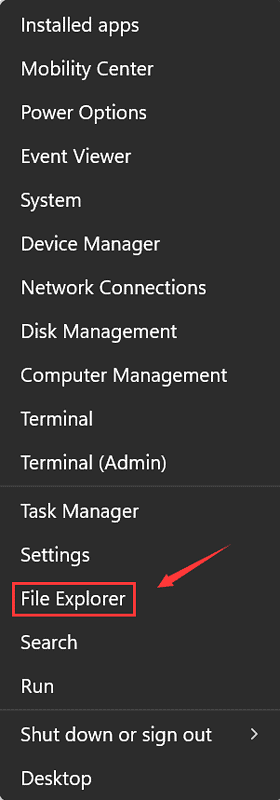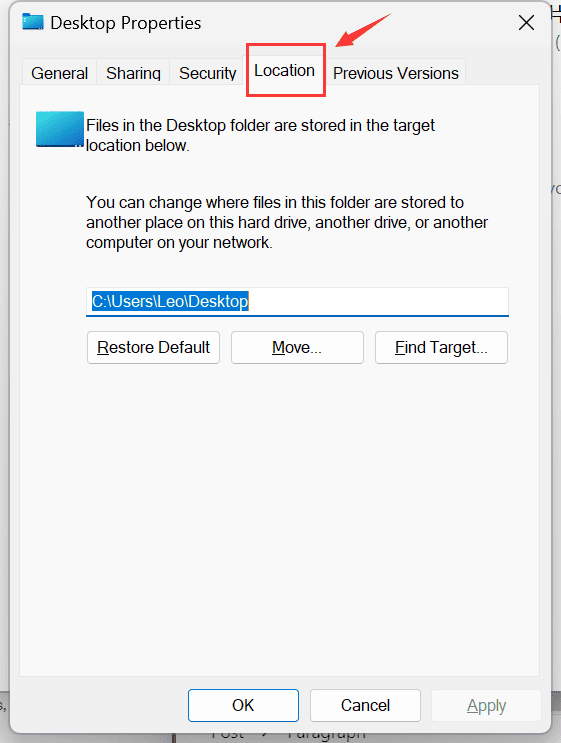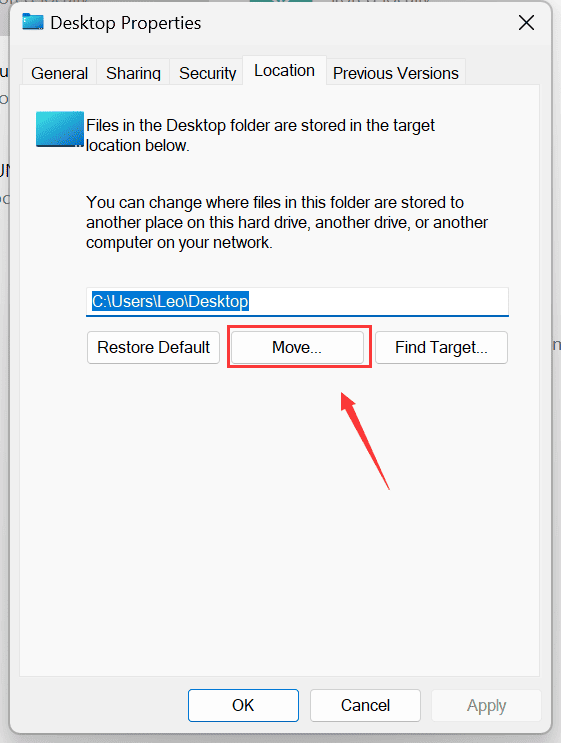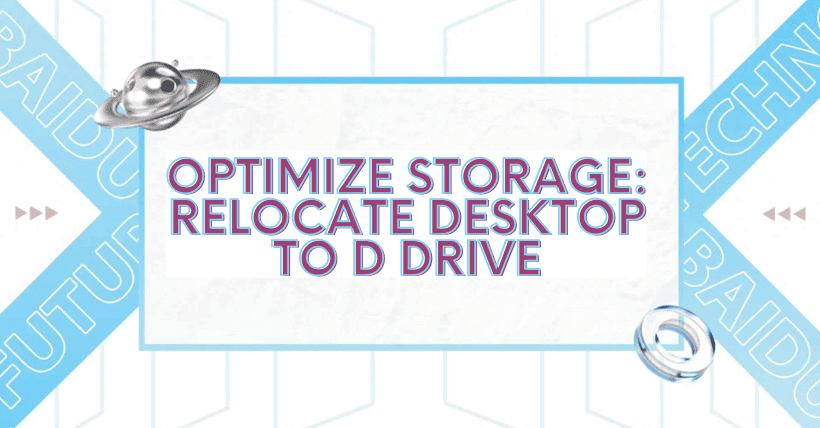We save files on the computer desktop, which are generally saved by default in the C drive. How can we save these files to the D drive? Today, I will show you how to change the save path of files on the computer desktop to the D drive.
01
Understanding the Problem: C Drive Full
① What Causes Your C Drive to Fill Up?
Before we dive into the solution, let’s understand why your C drive becomes full in the first place. Several factors contribute to this issue:
- Operating System and Programs: The Windows operating system and installed programs often occupy a significant portion of the C drive.
- Downloads: Files downloaded from the internet are typically saved to the C drive by default.
- Temporary Files: Temporary files generated by various applications can accumulate over time.
- System Restore Points: Windows creates restore points, which can consume a substantial amount of disk space.
- Recycle Bin: Deleted files are moved to the Recycle Bin, taking up space until they are permanently deleted.
② The Consequences of a Full C Drive
A full C drive can lead to several problems:
1. Sluggish Performance
When your C drive is almost full, your computer’s performance can suffer. It may take longer to start up, launch applications, and perform tasks.
2. Unable to Install Updates
Windows and software updates require disk space. If your C drive is full, you may encounter errors when trying to update your operating system or applications.
3. Data Loss Risk
Running out of space on your C drive can lead to data loss if there’s not enough room to save important files.
02
Change the desktop path to the D drive
① Right-click on the Start menu, and select the ‘File Explorer’ option from the list.

② Locate the desktop, right-click on it, and choose ‘Properties’.

③ In the Properties window, click on the ‘Location’ tab.

④ Click ‘Move,’ select the path to the D drive, and then click ‘Select Folder’.

⑤ Click ‘OK,’ and in the pop-up dialog box, click ‘Yes’.

03
Conclusion
Running out of space on your C drive can be frustrating, but by shifting your desktop to the D drive, you can alleviate this problem and enjoy improved computer performance. Remember to regularly clean up unnecessary files and folders to maintain an organized and efficient system.
04
FAQs (Frequently Asked Questions)
u003cstrongu003eQ1: Can I shift my desktop to any drive other than D?u003c/strongu003e
A1: Yes, you can choose any available drive as long as it has enough space to accommodate your desktop files.
u003cstrongu003eQ2: Will shifting my desktop to D drive affect my installed programs?u003c/strongu003e
A2: No, shifting your desktop location won’t impact your installed programs.
u003cstrongu003eQ3: How can I check the available space on my drives? u003c/strongu003e
A3: You can check your drive space by right-clicking on the drive in File Explorer and selecting u0022Properties.u0022
u003cstrongu003eQ4: Is it possible to undo the desktop location shift if needed? u003c/strongu003e
A4: Yes, you can revert to the previous desktop location by following the same steps in reverse.
u003cstrongu003eQ5: What’s the best way to regularly clean up unnecessary files on my computer? u003c/strongu003e
A5: You can use built-in Windows tools like Disk Cleanup to remove temporary files and free up disk space.




